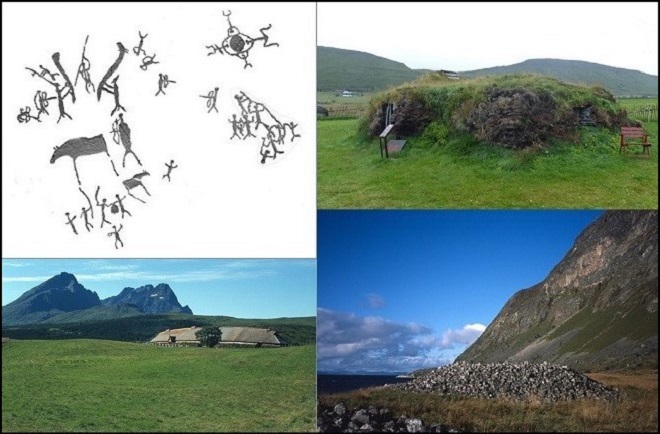Demography is a fundamental factor in many of the issues archaeology address. It is an integral part of all studies of mobility patterns, settlement distribution and organization, and social and economic composition of a population. There is arguably a dynamic relationship between population size, density, distribution and composition and the social, economic and cultural questions often at the heart of archaeological research. For instance, how does a small and scattered population affect the social and cultural parameters of that society? Does a need for long distance contact to maintain a social and risk-reducing network result in a largely homogeneous culture and technology as is often argued for the pioneers in Scandinavia? What are the impacts of clustered versus evenly distributed settlement? Were the northern Bronze Age populations patrilocal communities and how did the argued influx of women affect social structure and cultural practices?
Due to methodological difficulties in establishing many demographic elements this was for some time under-communicated. The last decade has seen a renewed interest in population dynamics with an emphasis on extracting information from various types of data in order to reconstruct population fluctuations or migrations. The arrival of new methods and approaches to model a range of population patterns also encourages discussions of the pre-conditions for demographic change and variation as well as their socio-cultural impact.
This seminar will address several aspects of archaeological population dynamics:
- The challenges of reconstructing early demographic patterns. Which methods are applicable and which aspects of demographic variation can we discern? While methods are continually being refined, their reliability are still debated, and not least so are the interpretations derived from the various analyses and models. The seminar will discuss the range of methods now employed to reconstruct and model a variety of demographic parameters. These include frequency models (radiocarbon dates, sites, artefacts), aDNA and isotope analyses, burial studies for age and gender composition as well as the use of ethno-historical information.
- The pre-conditions for demographic change. Climate and environmental shifts loom large in many interpretations of demographic growth or decline, but there are many examples where climate appears to have had little effect, and where the background for change have to be sought in other processes and events such as diseases, new technology or new interregional relations.
- The impact of demographic change and variation on economy, social structures and cultural transmission. What were the effects of boom and bust fluctuations, migrations, or new settlement and mobility patterns? These aspects have perhaps been researched in less detail, but are as crucial as the search for pre-conditions. Rather than assume that we immediately see the impact, the short-term and long-term implications of demographic change needs to be considered more thoroughly.
Course work
The course will consist of both seminars and lectures. Before the course starts, each PhD student will prepare a paper for pre-circulation, addressing her or his research project in relation to the course theme. In the course seminars, each paper will be allotted ca. 45 minutes, beginning with the student presenting a 15-minute summary of its contents. This is followed with a 10 min commentary from one of the other PhD students (selected in advance), after which she or he will chair an open discussion on the paper for approximately 20 minutes.
Lecturers
Charlotte Damm Kerstin Lidén Ian Armit Marc Vander Linden
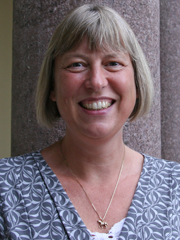
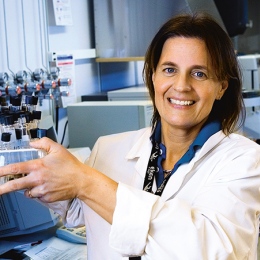
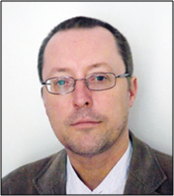
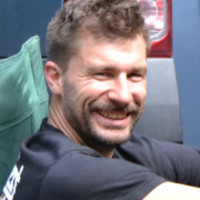
(Picture credit, from left to right: www.cas.oslo.no, www.su.se, www.bradford.ac.uk, Cambridge.academia.edu)
Professor Charlotte Damm (University of Tromsø)
Professor Kerstin Lidén (Stockholm University)
Professor Ian Armit (University of Bradford)
Dr. Marc Vander Linden (University of Cambridge)
The participating lecturers will each give a lecture during the course, as well as participating as prime movers in the discussion of PhD presentations. The seminar days will be structured with adequate time for spin-off debates and networking opportunities in mind.
Registration
The Graduate school invites all registered PhD students to apply for participation. Please follow this link to apply for the course (in English only). From these applications, c. 15 PhD students will be admitted to the course.
For more information, please contact: dial-past@iakh.uio.no
Important dates
Application for participation: January 7, 2019. Confirmation on your participation will be sent out shortly after this date together with a reading list.
Submission of working papers (10 pages, Times New Roman 12, Spacing 1,5): March 11, 2019.
Appointment of discussants: March 18, 2019.
